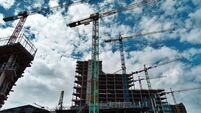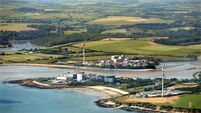Mortgage rates hike means funding difficulties
While pent up demand still exists for housing of all sorts it may well be that the hike in rates coming down the line from the ECB could be the factor that pushes house prices into a slump.
The old saying, ‘as safe as houses’ has been around for a long time.













